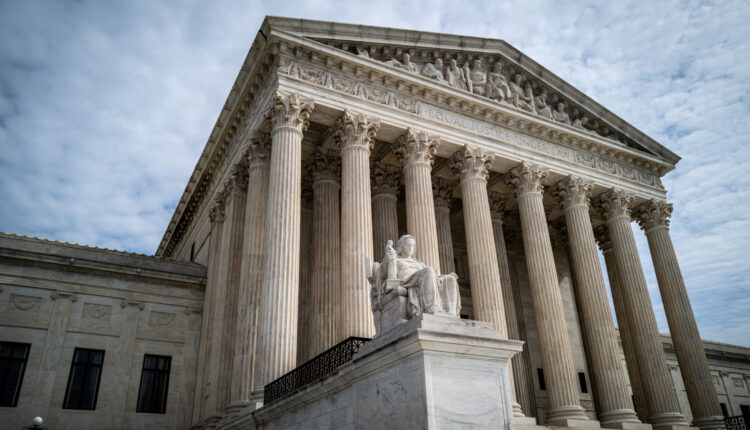How a U.S. Supreme Court case on redistricting will impact Pennsylvania | Opinion
By Zach Womer
People all over the commonwealth were rocked by the U.S. Supreme Court’s decision last June overturning Roe V. Wade. Whether the decision brought joy or anger, people all over Pennsylvania were invested.
I am writing to inform the electorate of an upcoming case that also has incredible implications for us. Moore V. Harper is set for arguments on Dec. 7, the case will decide on a key contention of the U.S. constitution; do state supreme courts have the jurisdiction to regulate the state legislature’s election controls?
This question is of the utmost importance in Pennsylvania. In 2011, Pennsylvania’s Republican-controlled state Legislature passed a congressional map that divided 68 municipalities, and 28 counties, and put two Democratic incumbents in the same district.
The result of this partisan map from 2011-2018 was five Democratic representatives, and 13 Republican representatives. This distribution is in spite of the fact that in those elections about half of all votes cast in the state of Pennsylvania were for Democrats.
From 1966-2010, only once has the state of Pennsylvania had a margin similar to the 8-seat margin the Republicans held, which was in 1976 the election directly after the watergate scandal in which Democrats gained a 9-seat margin.
The 2011 map was challenged in 2017 by the League of Women Voters, which argued its case to the Pennsylvania Supreme Court.
The Pennsylvania Supreme Court was uniquely positioned to rule on this matter as the Pennsylvania state Constitution, unlike the United States Constitution, has a provision in section 1 article 5 dictating that “Elections shall be free and equal; and no power, civil or military, shall at any time interfere to prevent the free exercise of the right of suffrage.”
Previously in Vieth v. Jubelirer the United States Supreme Court ruled that the 2002 Pennsylvania Congressional map may very well be a partisan gerrymander, but that partisan gerrymandering was non-justiciable for the U.S. Supreme Court.
This leaves us with just the Pennsylvania Supreme Court to adjudicate gerrymandering in our state, and in 2018 they did just that. The majority opinion, relying upon section 1 article 5 of the state Constitution ruled that the 2011 Congressional map was unconstitutional and required the state legislature in cooperation with the governor must remedy the elements of the plan that made it unconstitutional.
The court ruled that congressional maps must reflect four criteria: compactness, contiguity, minimal splits, and equal population. These criteria were used again this year in February when the Pennsylvania Supreme Court outright picked the new congressional map because the state legislature failed to provide an adequate map.
This new map contains seven Democratic Districts, six Republican districts, as well as four competitive districts. It would seem that the Pennsylvania Supreme Court is our last line of defense from rapacious politicians who attempt to seize power in spite of our silly little votes.
If Moore V. Harper is in fact decided in a way that eliminates our court’s ability to shield us from partisan gerrymandering, the future of Pennsylvania’s political legitimacy would certainly be in question.
Zach Womer is a senior at Denison University in Granville, OH. He writes from Ferguson Township, Pa.
Originally published at www.penncapital-star.com,by Capital-Star Guest Contributor



Comments are closed.